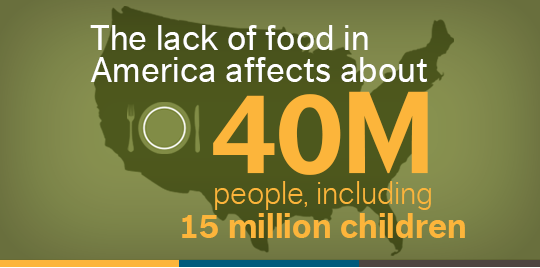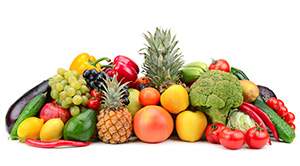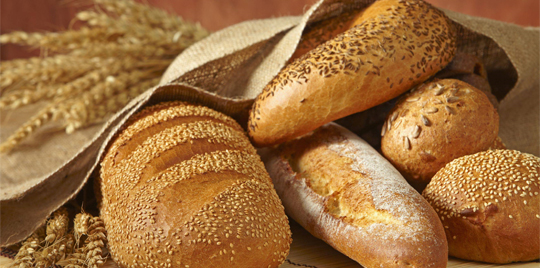Hunger at Home
July 10, 2017By: Jodi Rawson
Categories: In the Community, Live Healthy, Nutrition, Your Wellness

In Clay and Platte Counties, an estimated 2,700 children live without consistent access to nutritious food. One out of five Northland children live in a home without enough food. Often, a school lunch is their only meal of the day.
Going Hungry
What happens to children who go to school hungry? “Just skipping breakfast can affect cognitive development and academic performance as the body is not receiving enough energy for the day,” explained Becky Hager, RD, LD, a licensed and registered outpatient dietitian. Nutrition is important for good health and can protect against disease later in life.
Food nourishes and provides energy for adults and children to help them get through the day.
When a person lacks proper nutrition, he or she is more likely to develop diabetes, heart or kidney disease, cancer, depression or a weakened immune system.
Last year, the hospital gave nearly $47,000 to the group Feed Northland Kids to help childhood hunger in our community. The organization was one of the charities selected for the hospital’s Chip In For Charity Open golf tournament.
Help for Seniors
NKCH also helps hunger by hosting an annual Harvesters food drive and subsidizing Meals on Wheels for seniors. In 2017, the hospital’s food drive collected over 16,000 actual and virtual pounds of food.
While children may struggle for a daily nutritious meal, seniors also can experience difficulties getting enough food. Barriers for seniors can include lack of transportation and limited income. The hospital subsidizes the cost of over 40,000 meals delivered to seniors in Clay and Platte Counties at a yearly cost of over $126,000.
In a home where food is scarce, when it does become available, family members tend to overeat. “Surprisingly, obesity and food insecurity are directly linked,” Becky said. “An overweight child or adult could still be malnourished.”
Seven Tips to Eat Healthy for Less Money
Plan meals ahead.
Buy things on sale and use coupons.
Cook in large amounts. Use leftovers for additional meals.
Buy dairy products in bulk. Freeze milk if needed.
Eat whole grains. Fiber keeps hunger at bay, and whole grains cost less.
Get protein from meatless sources, like eggs, dried beans and lentils, or try canned fish as an easy meal.
Buy produce, especially the colors of the rainbow. Purchase fresh when in season. Frozen and canned fruits and vegetables also are options.
More Helpful Resources
Check out choosemyplate.gov/budget for conquering the grocery store, meal plans, eating on a budget, recipes and more





